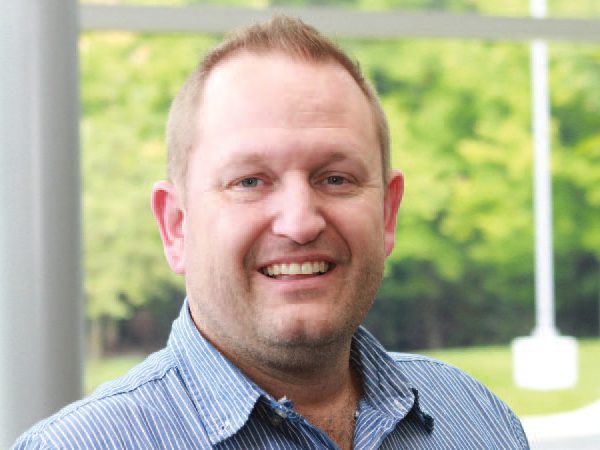How to overcome project resourcing issues in the pharmaceutical industry

The pharmaceutical industry has eclipsed 4.4 million employees globally. With worldwide sales planned to increase from $860 billion in 2019 to more than $1.06 trillion by 2022, project resourcing will be even more critical than it is today.
The continued expansion of the industry is fueled by an aging baby boomer population – one which is increasingly dependent on further healthcare solutions and treatment, according to an article in the National Institutes of Health. Jobs in these science, technology, engineering, and mathematics (STEM) fields are expanding in tandem with this trend, but the pharmaceutical industry overall still struggles with resourcing issues during crunch times.
What is a resource crunch?
A resource crunch occurs when a shortage of colleagues are available to complete work. In many pharmaceutical companies and service providers, dozens of compounds are often in different states of development at the same time, and not all employees are dedicated to a singular project.
A shortage in resources may be due to higher-than-normal volumes of work, unexpected regulatory requests, holidays, or greater complexity deliverables – to name a few.
For instance, quality control (QC) departments are often running at higher volume levels, as this department would support cross-functional groups throughout an organization. While certain departments may have a few deliverables per month, the QC department could operate at many times that – often into the hundreds.
QC teams can also be stricken with short-notice for projects and shifting timelines, as they are often the last step before data is submitted or a deliverable is finalized.
Finding a helpful method
To combat heavy resource crunch situations, MMS formalized a proprietary program called Adaptive Parallel Processing (APP)™. The APP program sources trained colleagues from around the globe to determine who has windows of availability – no matter how small – at any given time.
While many colleagues are fully allocated to a full-time schedule, there are instances where a resource is waiting for client comments before moving forward, among other situations.
Queries, as part of the APP process, are issued at intermittent schedules to various offices and groups of colleagues depending on functional service area and level of competency. In the case of MMS QC, the APP system would begin by looking at QC experts at the Bangalore and Hyderabad offices, then move on to U.S., EU, and South Africa locations.
During the APP process, the competency and capability of handling particular documents and data is analyzed, accordingly. It is important to understand these levels to keep quality at the forefront, while also respecting timelines.
Additionally, timelines can become tricky in the pharmaceutical industry. Certain documents and data may be held to tight internal deadlines and other deadlines may be dictated by a regulatory body. This makes tasks, like reporting on the availability of resources, even more critical.
Questions to ask before shifting resources
Irrespective of the type of process used, there are standard questions that pharmaceutical executives should consider asking themselves when re-evaluating resourcing, including:
- What is the duration of the project’s timeline?
- What is the priority level?
- Is there flexibility to shift current project timelines?
- Can other project timelines be shifted or put on hold to complete this task?
- What is the type of deliverable?
- What is the complexity of the deliverable?
- Who is best qualified for the work?
- How can we best make use of colleagues in different time zones?
Few successful pharmaceutical companies or service providers will be able to rid themselves of instances where they have tightened resources. However, through the proper training and programs like APP, there are positive ways forward.
by Kristin Chesney, MBA and Don McLean, MBA











